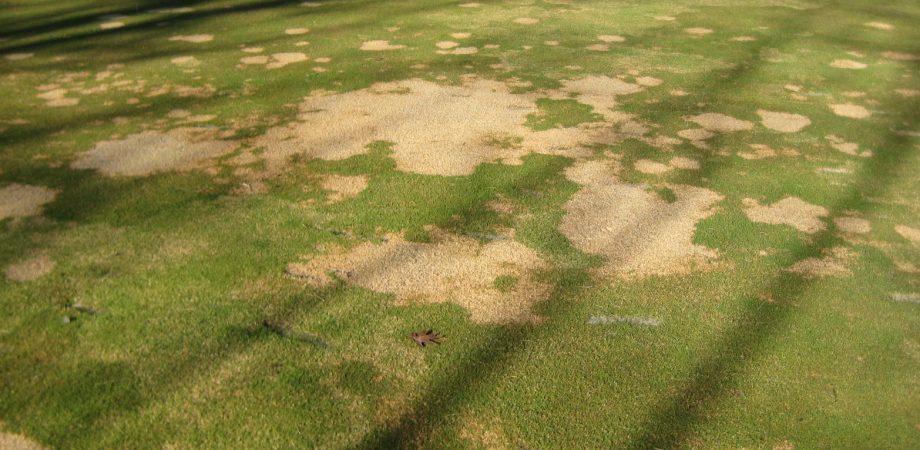Best Practices for Your Snow Mold Spray

There are two types of snow mold, pink and gray. Areas like Pittsburgh, Pennsylvania, Northern Ohio, Madison, Wisconsin, and Southern Chicago mainly deal with pink snow mold. North of Madison, gray snow mold is more prevalent. Gray snow mold tends to damage the crowns of turfgrass more than pink snow mold; so, the more Northern areas spray more products on their greens and fairways.
The more north you go, the earlier the application should be made. In Minocqua, Wisconsin, we are seeing superintendents treating in the middle of October. In Chicago, superintendents are applying snow mold applications from November 15th to December 1st.
The snow mold treatment itself can be variable (weather dependent mostly), with some customers making one application in the fall and others making two applications in the fall. In late winter/spring, some customers will also re-spray.
Best practices for your snow mold spray include:
- Utilizing more than one active ingredient (this includes the use of multi-active products like AMVAC’s Premion, Bayer’s Interface Stressgard or Sipcam’s E-Scape). Some of our more Northern customers will put four different actives in their fairway spray to take down snow mold.
- If you make a fall application, put ethephon in with it. This will help suppress Poa annua seed heads in the spring. Ethephon will also help if we do get a warm winter. Reduced top growth from suppressing Poa annua will lessen snow mold growth. Ethephon helps slow the growth and keep the chemical on the plant.
- Add in a surfactant, like Precision Laboratories’ AquaLock, to the snow mold spray. The surfactant can help prevent desiccation if there is an open winter and no snow cover. The surfactant may also help the chemicals in the snow mold spray hold on longer, too.
- Put a pigment, like ArmorTech’s Optimizer Green Shade, into your snow mold spray. The green color can help warm up the ground, which assists in a darker green turf in the spring.
- Reapply the snow mold spray if heavy rains occur late fall to early winter.
- Protect your young turf. Get the snow mold spray down, then apply granular Pillar G (Bayer) or AMVAC’s Turfcide 10G and put a cover over the young turf. The granular seems to last longer under the covers.







